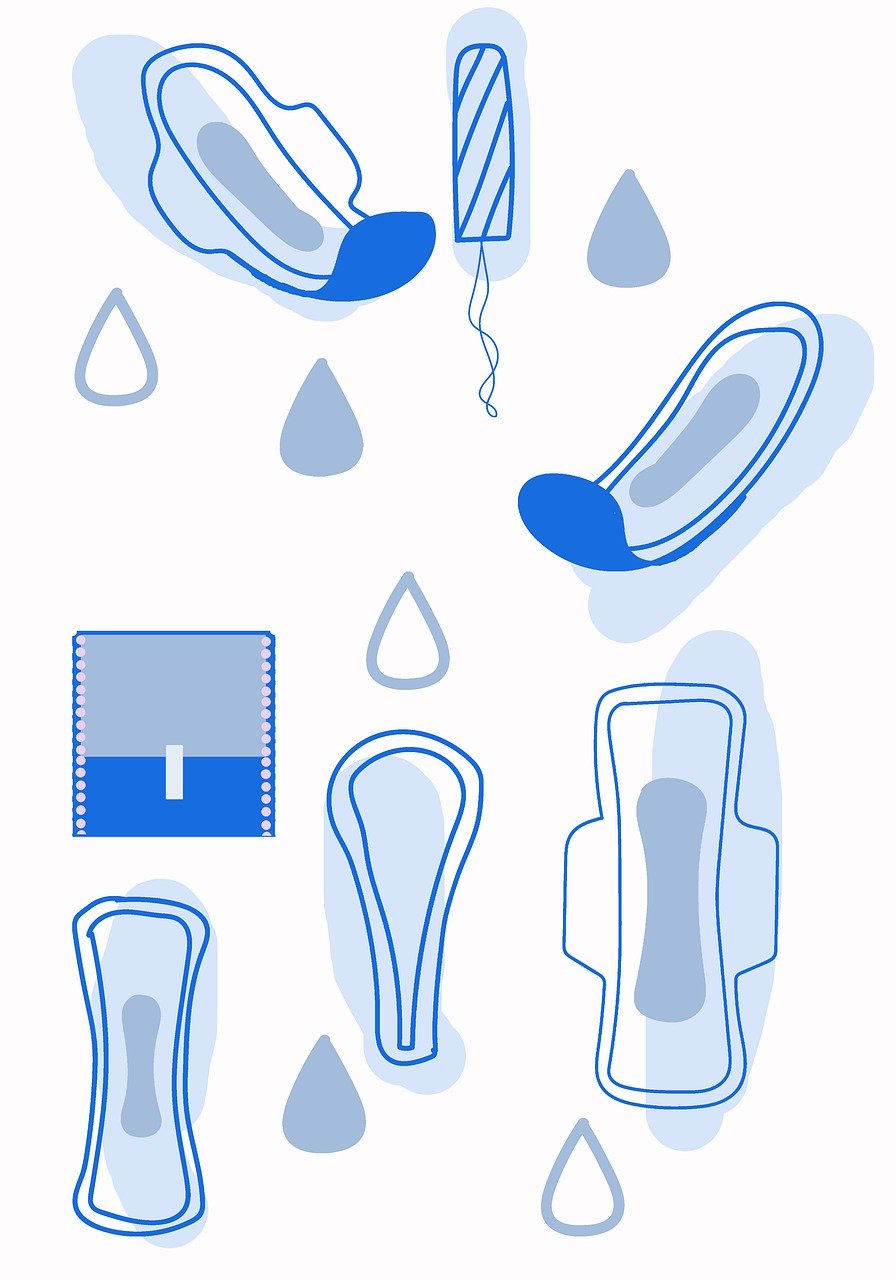Disposable diapers are a typical absorbent hygiene product. The production materials and manufacturing processes are superior to regular cleaning paper, resulting in higher profit margins. As an essential product for improving the quality of life for the elderly and disabled, adult incontinence products have seen a significant increase in sales globally. The future of the diaper industry is promising.
- Overview of the Diaper Market
1.1 Baby Diapers
With the increase in per capita purchasing power and changes in parenting concepts, the baby diaper market in China has been growing rapidly. The large population base and the fourth baby boom provide substantial growth opportunities. In major cities, over 90% of infants aged 0 to 2 have used disposable diapers. In smaller towns and affluent rural areas, the market for affordable disposable diapers is also expanding.
1.2 Adult Incontinence Products
The adult incontinence product market has entered a rapid growth phase due to the changing population structure. The domestic market size has exceeded 1.2 billion RMB, with a penetration rate of less than 3%. If we consider the global average penetration rate of 12%, China’s market size could reach 10 billion RMB. With economic development, an aging population, and changing consumer attitudes, the adult incontinence market is poised for explosive growth.
- Structure and Materials of Disposable Diapers
2.1 Top Sheet
The top sheet directly contacts the baby’s delicate skin. It needs to be soft, breathable, non-absorbent, and capable of keeping the body dry by quickly absorbing urine and preventing leakage. The material used for the top sheet is non-woven fabric, with hot-air and spun-bond non-woven fabrics being the most common. Hot-air non-woven fabric performs better in this role.
2.2 Acquisition and Distribution Layer (ADL)
The ADL is located between the top sheet and the absorbent core. Its function is to quickly, effectively, and evenly distribute the liquid. Baby urine is usually concentrated in one area, and without rapid distribution, the absorbent core could become overloaded, leading to rewetting.
The ADL fibers are primarily arranged longitudinally. When urine reaches the ADL, the fiber network quickly absorbs and temporarily stores the liquid, then spreads it along the longitudinal fibers until it is absorbed by the core. This prevents blockages and rewetting caused by localized saturation of the core.
2.3 Absorbent Core
The absorbent core is the heart of the diaper, with two main types: full core and composite core. The composite core is made of fluff pulp and super absorbent polymer (SAP).
SAP is a high-polymer material formed by appropriate cross-linking to create a three-dimensional network. It is widely used in hygiene products like sanitary pads and diapers. SAP is not soluble in water or organic solvents but has extraordinary water absorption and retention capabilities. It can absorb several hundred times its weight in water within seconds and form a gel. SAP also has excellent thermal stability, biodegradability, and resistance to heat and pressure.
2.4 Back Sheet
The back sheet looks like a plastic film but is a breathable microporous film. The micropores are crucial as they allow water vapor to pass through while preventing liquid water from leaking out. This ensures breathability without compromising on leak protection.
2.5 Leg Cuffs
Leg cuffs are located on both sides of the diaper’s leg openings, connected to the top sheet. Their purpose is to prevent urine from leaking out of the sides if it cannot be absorbed quickly enough.
- Key Components of a Diaper
3.1 Non-Woven Fabric
Non-woven fabric is used for the top sheet and leg cuffs, providing softness and breathability.
3.2 Fluff Pulp
Fluff pulp, used in the absorbent core, helps absorb and retain urine.
3.3 Super Absorbent Polymer (SAP)
SAP is essential for its high absorption and retention properties, making it a crucial component of the absorbent core.
3.4 Breathable Microporous Film
The back sheet uses a breathable microporous film to ensure breathability while preventing leaks.
- The Science Behind Diaper Materials
Diapers may appear simple, but they incorporate high technology to ensure comfort, safety, and effectiveness. Each component plays a vital role in the diaper’s overall performance, from the soft top sheet to the absorbent core and breathable back sheet.
- Environmental and Safety Considerations
Modern diapers are made with materials that are safe for both the human body and the environment. The manufacturing process ensures that all components are free from harmful chemicals and are biodegradable, making them safe for babies and the planet.
- China’s Role in the Global Diaper Market
China has become known as the “world’s factory,” with Chinese-made products available worldwide. The technology and manufacturing processes used in domestic diaper production are on par with international brands, and in many cases, surpass them.
Conclusion
Understanding the structure and materials of disposable diapers reveals the advanced technology involved in their production. The diaper market in China, including baby diapers and adult incontinence products, is poised for significant growth. With superior production techniques and a focus on safety and environmental impact, Chinese diapers are well-positioned to meet global standards and consumer expectations.





